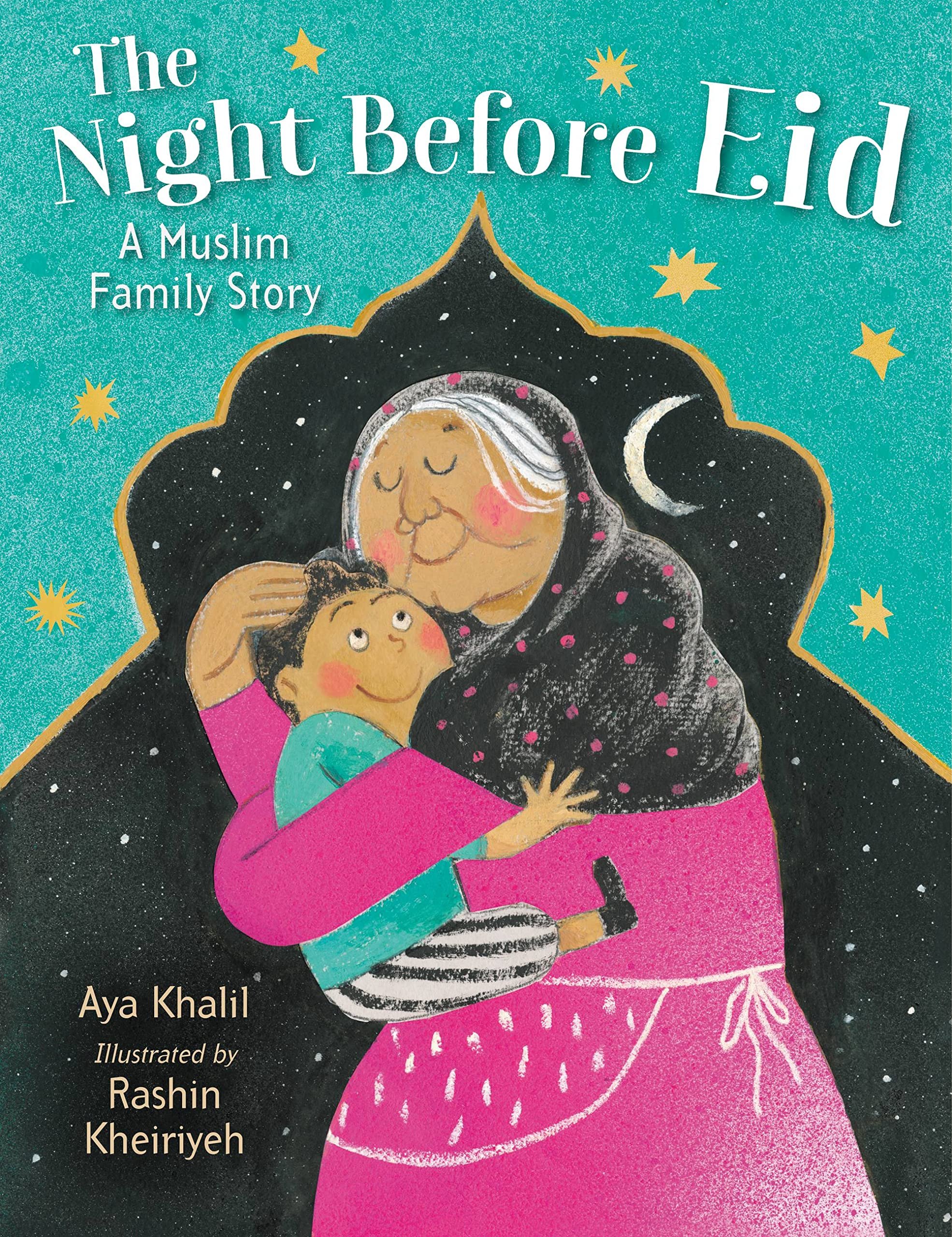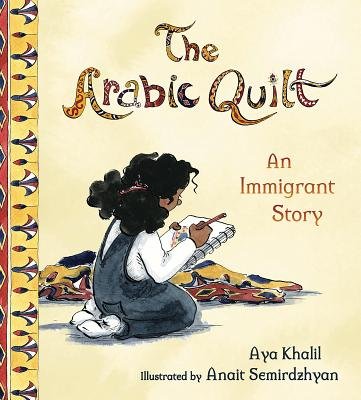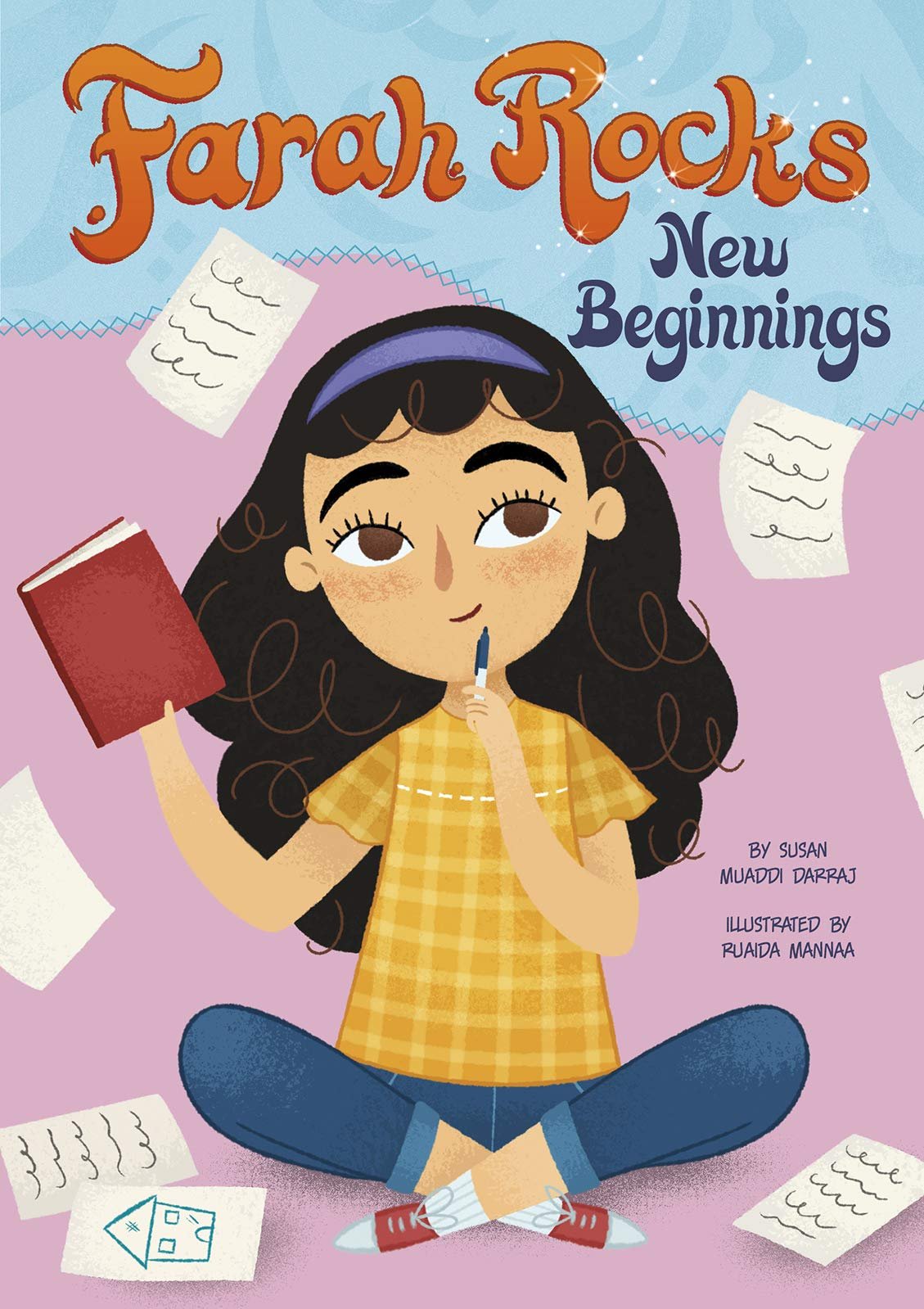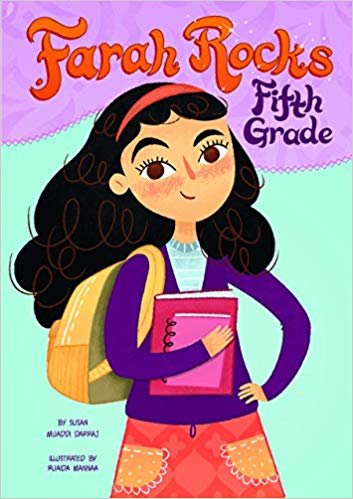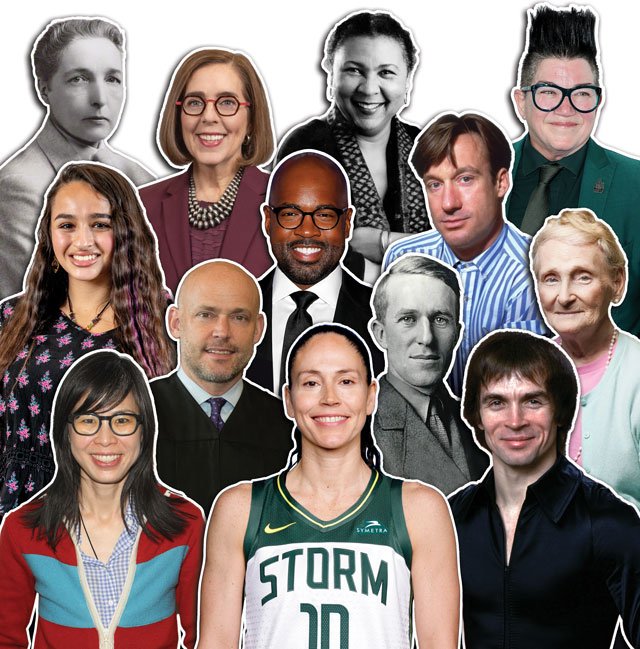It's Arab American Heritage Month!
Happy Arab American Heritage Month!
Some reminders and tips:
Note that Muslim characters or a Muslim author or illustrator is NOT the same as Arab. Not all Muslims are Arabs (as this map of the Muslim population by country shows).
If you feel like going down a maps rabbit hole, here are some more maps: 40 maps that explain the Middle East!
Arabs are speakers of Arabic which is different from Middle Eastern people. Read more here: Arab, Middle Eastern, and Muslim? What’s the Difference?! - TeachMideast
Persians are not Arabs. Read more here: MYTH vs. FACT: Persians and Arabs - American Iranian Council. (We’ll have to do a separate post about some of our favorite Persian authors and books!)
If these designations are confusing for you and your students, start by looking at a map (cover photo) and talking about what you know and brainstorming how you could figure out who is Arab-American and who is not.
Newsela also has a related article: Who Are Arab-Americans?
Try to have a diversity of stories: not only immigrants and not only stories about Islamophobia. Recognize all the joy and beauty too. Students love stories about kids being kids.
Ask your students: Why do we recognize Arab American Heritage month? What do you think? And see where they go with their replies.
A lot of the book lists out there for Arab-American Heritage Month include South Asian authors (for example, Reem Faruqi and Rukshana Khan are both of Pakistani origin which makes them South Asian, not Arabs) and Persian authors (we love It Ain't So Awful, Falafel by Firoozeh Dumas, but Firoozeh is Persian). Even if the list is from a trusted source, double check!
Recommended Books and Resources:
We wrote about Learning & Teaching about Ramadan last year (of course, not all Muslims are Arabs and Arabs are not all Muslim so Ramadan stories are not necessarily Arab or Arab American stories!)
Follow #30DaysofArabVoices to hear from 30 different writers. Great way to grow your awareness and find excerpts to share with your students depending on grade level. You can find the main page where all 30 authors will be featured by the end of the month here.
NCTE is also having a virtual Ode to Arab Voices: An Exploration and Celebration - National Council of Teachers of English on April 25th!
BOOKS | Rhonda Roumani - I’m very excited about Tagging Freedom, a middle grade novel about a Syrian graffiti artist, but when I went on her website to find out more about it and a release date (Fall 2023), I learned Rhonda has two other soon to be released books that I also can’t wait to share with kids!
The Sandwich Swap by Rania Al-Abdullah: there is so much to like about this book. It is very relatable and such an important message. Never miss an opportunity to remind students to be kind and respectful, especially about someone’s food. Do not say someone else’s food is gross. It’s rude and disrespectful. You can say, that’s new for me, or I haven’t tried that yet. This explicit modeling is really important for kids (and many adults).
The Arabic Quilt by Aya Khalil (read her #30DaysofArabVoices contribution here) - she also wrote The Night Before Eid, which belongs in classrooms and kids’ hands! Also a great mentor text or a text to use for character analysis. Aya Khalil also has The Great Banned-Books Bake Sale coming out in August, which I am eagerly awaiting! Basically, just read all her books and share them with kids.
I haven’t read this one, but really want to! Homeland: My Father Dreams of Palestine by Hannah Moushabeck.
Other Words for Home by Jasmine Warga. I can’t resist novels in verse or middle grade novels and this story of a young girl leaving Syria to move to the USA is both.
Farah Rocks Series by Susan Muaddi Darraj. This series looks so fun and relatable on many levels. Also love that the main character is Arab-American, but her stories are not necessarily about her identity, just being a kid in the world.
More great ideas are available here: National Arab American Heritage Month: Classroom Resources and Activities - Waterford.org and from PBS: Arab American Heritage Month: Facts, Activities & Resources | PBS.
Please share any other recommendations you have! We especially love book recommendations.



